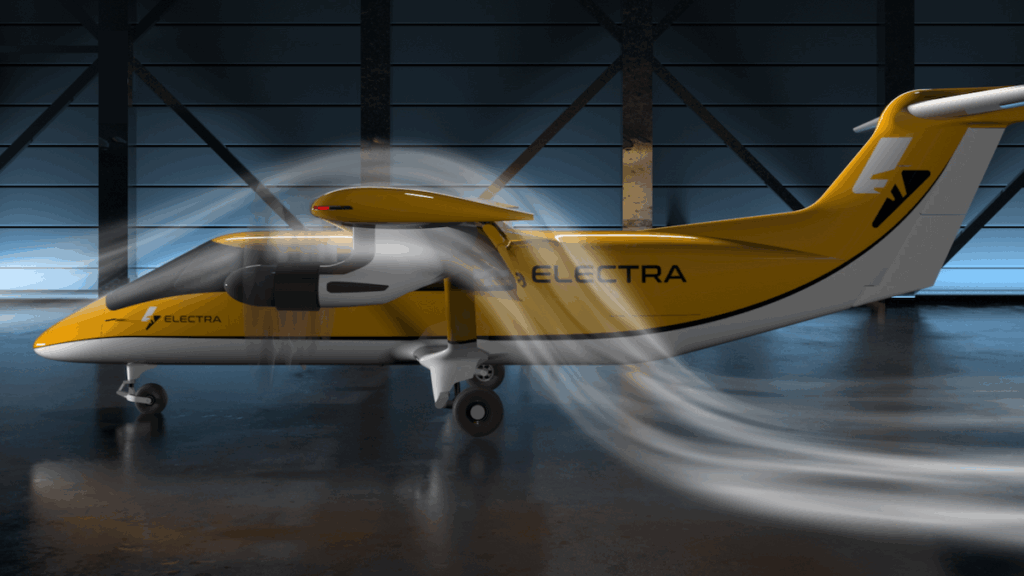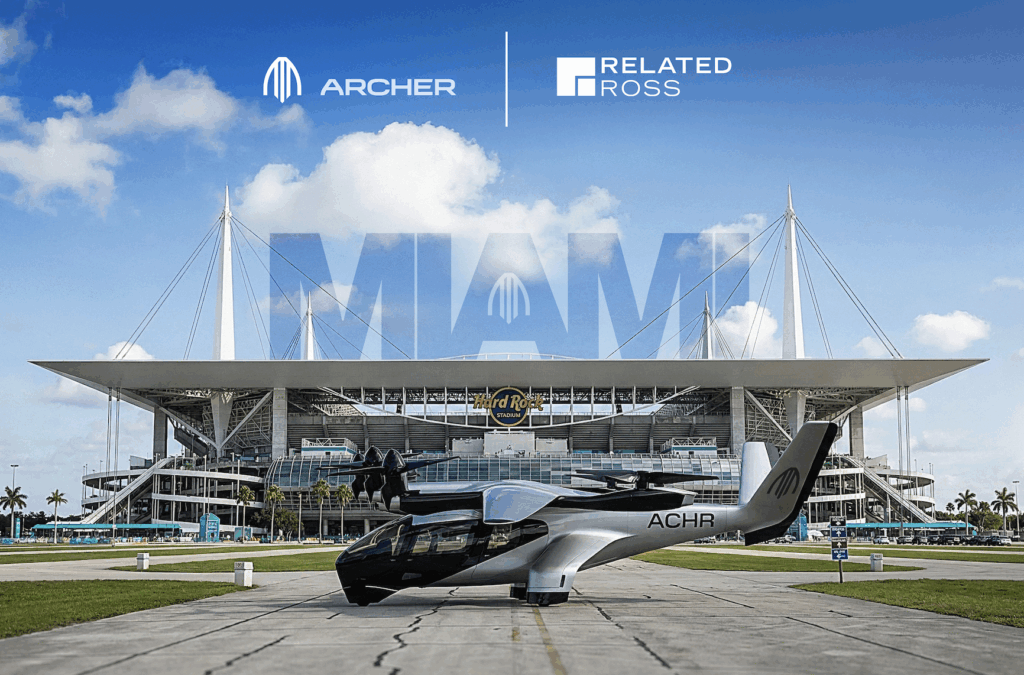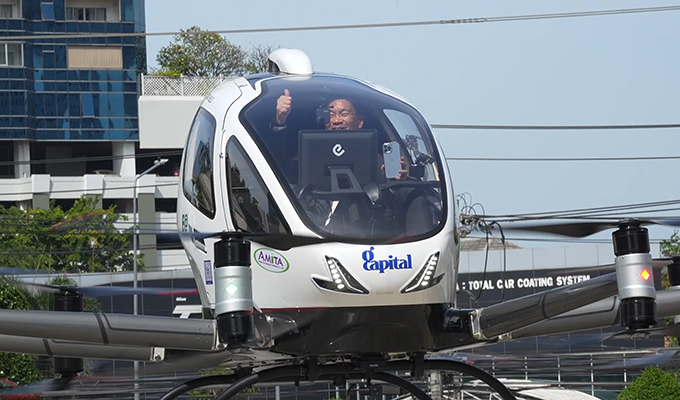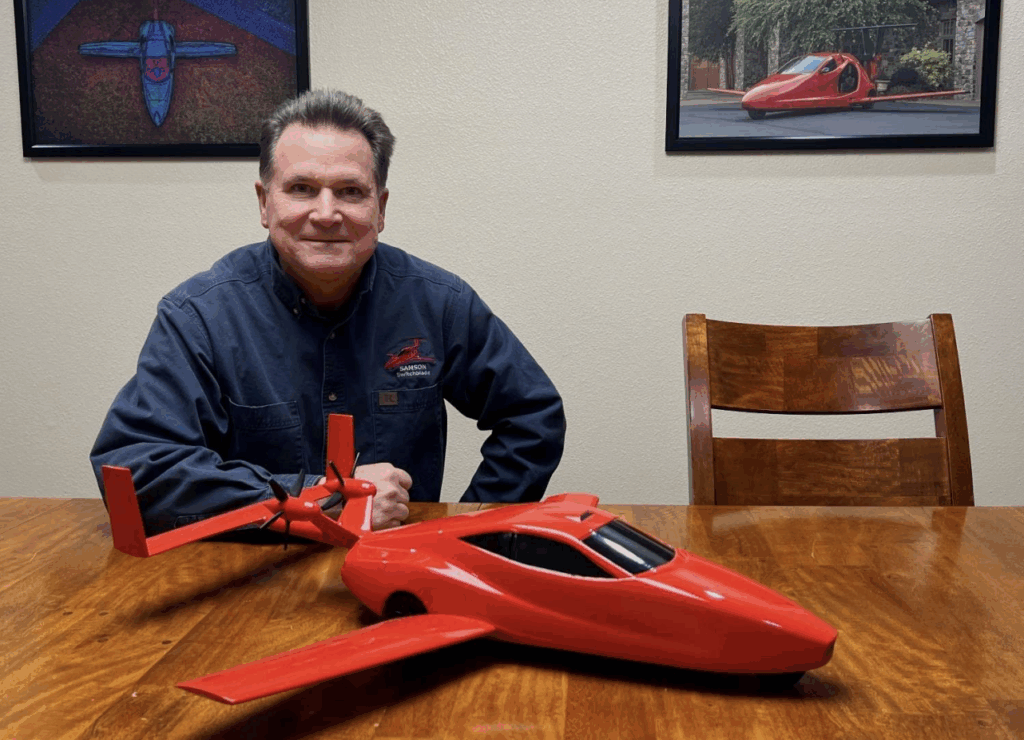
Electra has successfully completed powered wind tunnel testing for its nine-passenger EL9 Ultra Short hybrid-electric aircraft.
The testing at MIT confirmed that Electra’s innovative blown wing design can generate the high lift needed for takeoff and landing in just 150 feet—around 10 percent of the runway length typically required by aircraft of similar size.
Using a 20 percent scale model of the EL9 wing, the tests demonstrated lift coefficients exceeding 20—seven times greater than the typical 2.5 to 3 range for unblown wings. These results validate the potential of electric blown lift to significantly boost wing performance at low speeds, enabling safe operations from compact spaces, such as soccer fields.
The tests also confirmed that the EL9’s approach and landing characteristics meet all FAA Part 23 safety and stall margin requirements, ensuring reliable, predictable handling at slow speeds.
This design unlocks new capabilities for both commercial and defense operators. It allows air services to reach communities without aviation infrastructure, access noise-sensitive airports, and develop new cargo transport models—saving time and reducing travel hassle. For military applications, it offers the ability to land on unprepared surfaces, improve operational safety, reduce costs, power ground systems, and support critical logistics missions.
The U.S. Army contributed funding for the tests under a Small Business Innovation Research (SBIR) contract, as it evaluates Electra’s blown wing and hybrid-electric technologies for expanded military use.
Electra is now refining the EL9 production aircraft design based on these findings and ongoing demonstrations with its EL2 technology demonstrator, advancing its vision for a quieter, more efficient, and sustainable regional air mobility future.
Chris Courtin, Director of Technology Development at Electra, commented, “This is a major milestone in demonstrating the EL9’s ability to take off and land in spaces never before possible for fixed-wing aircraft. Verification of the effectiveness of the optimized EL9 wing shows that the EL9 is both transformative and practical. These results give us high confidence in our ability to accurately predict the impacts of electric blown lift on the aircraft, bringing us closer to making our vision of Direct Aviation a reality.”










